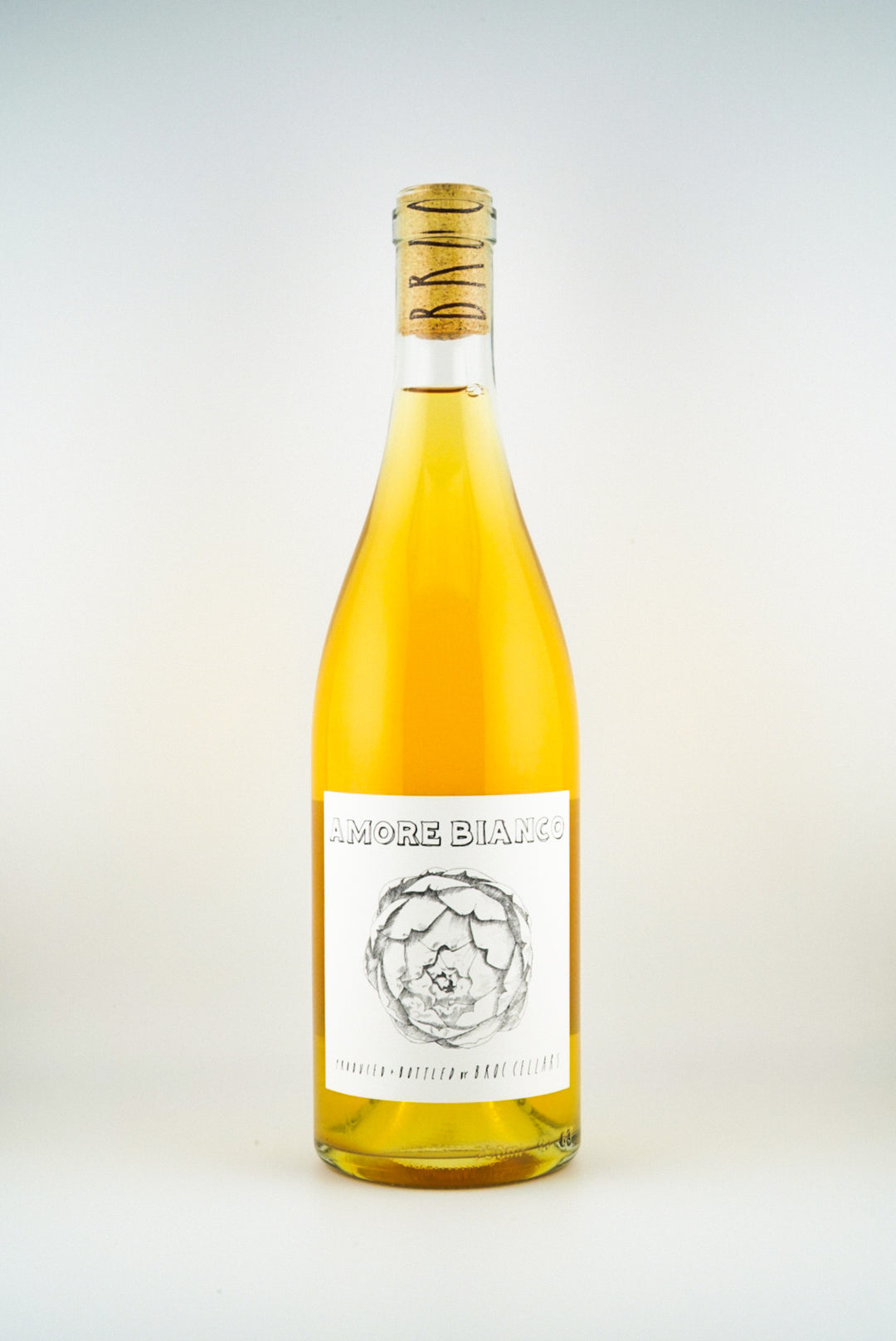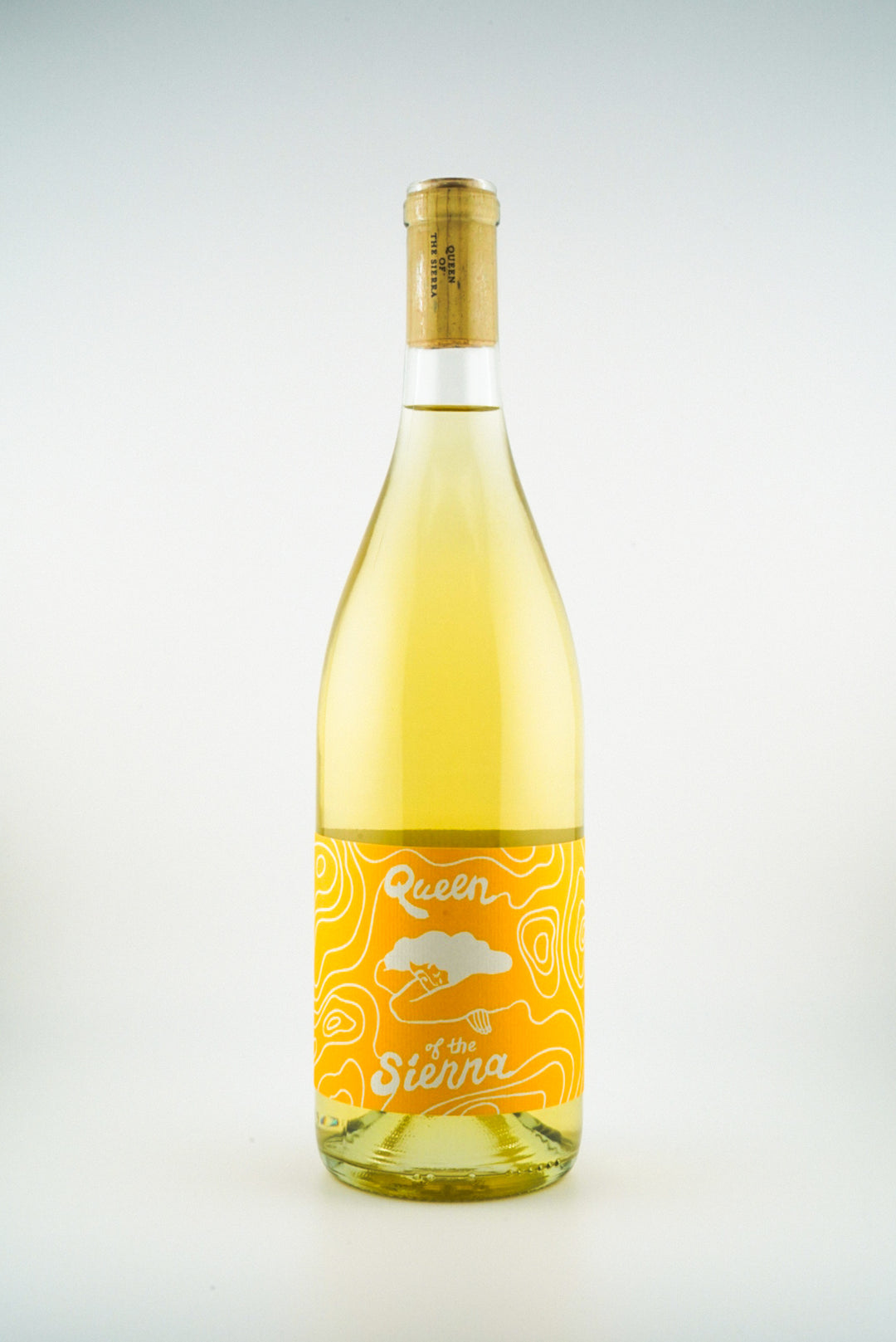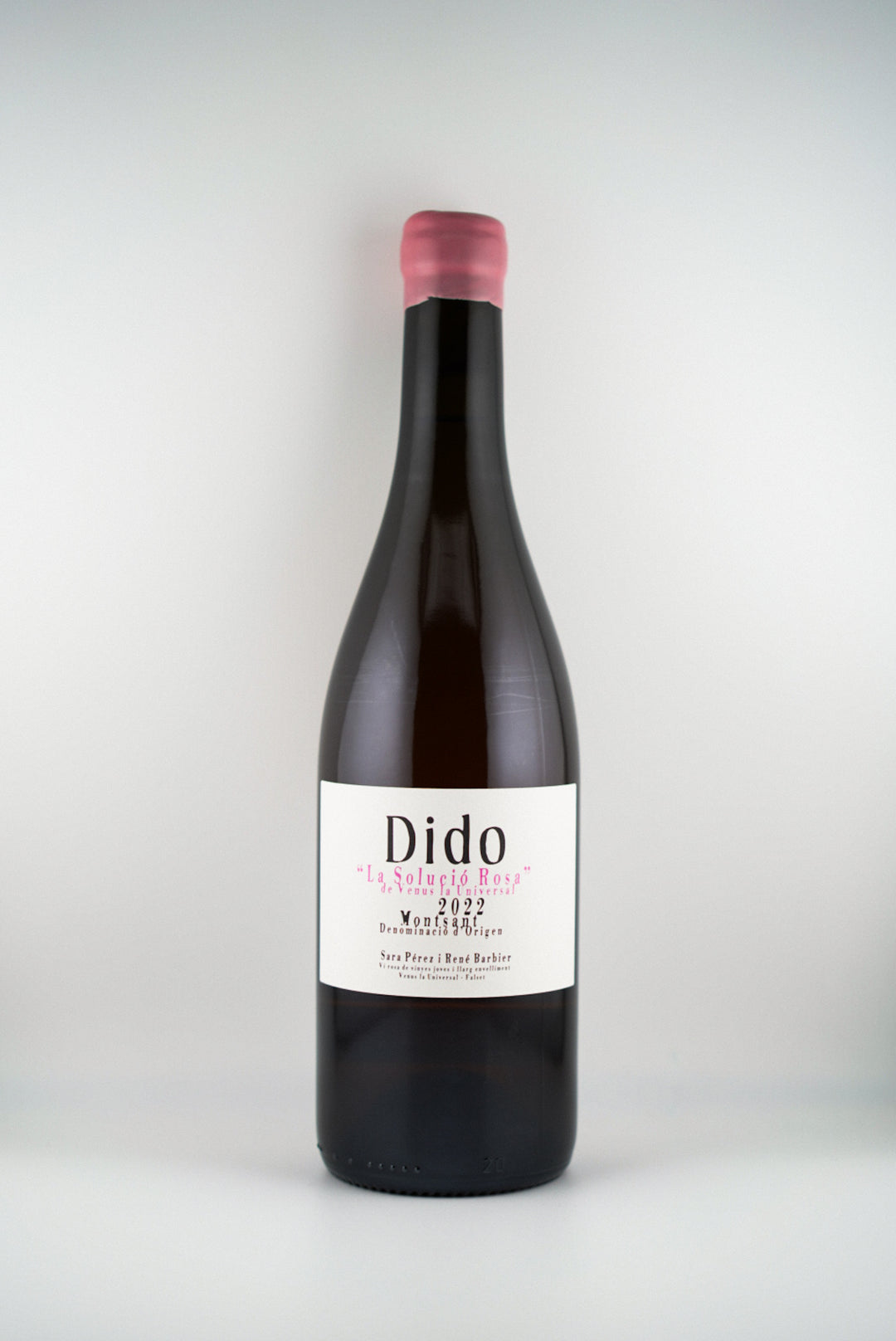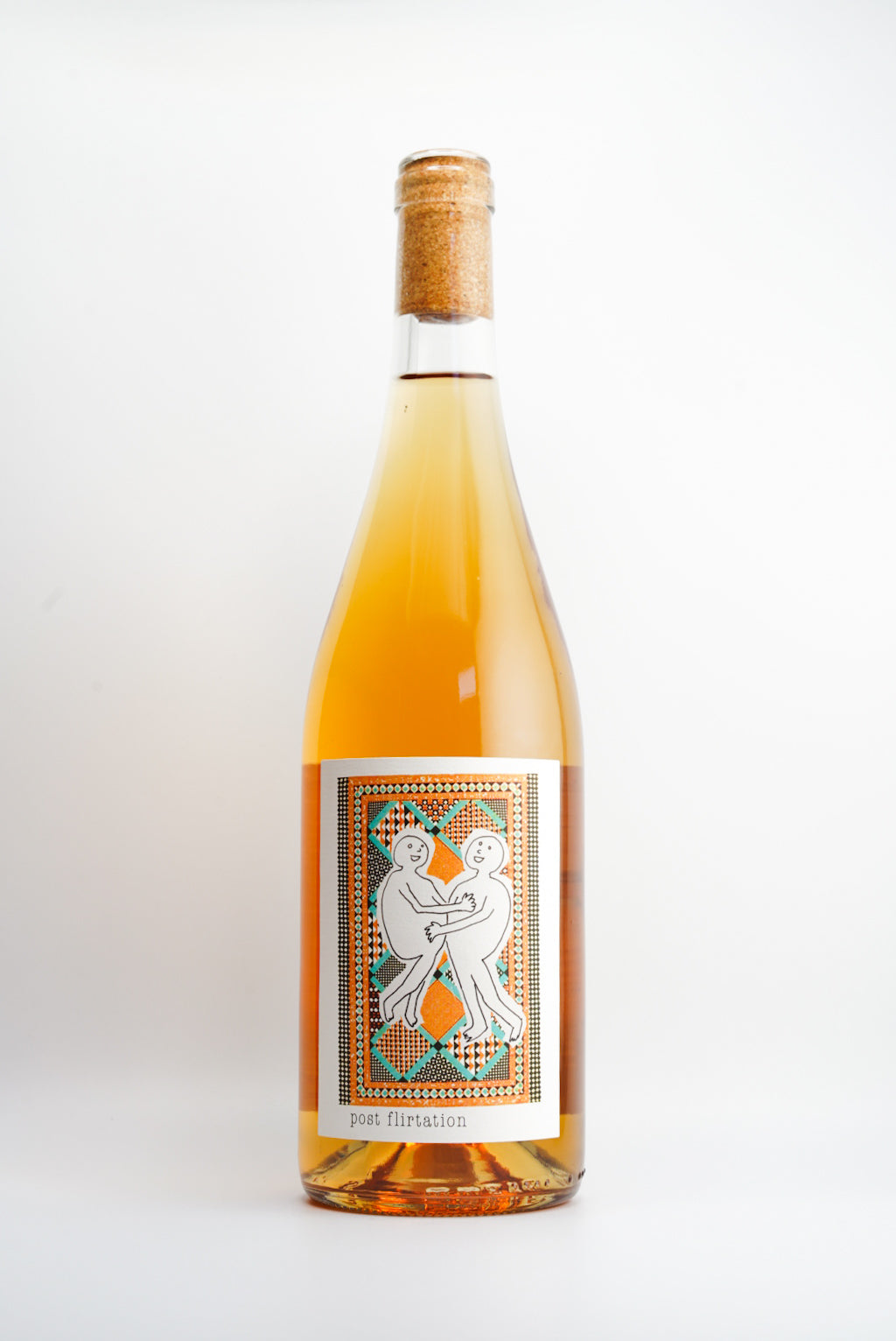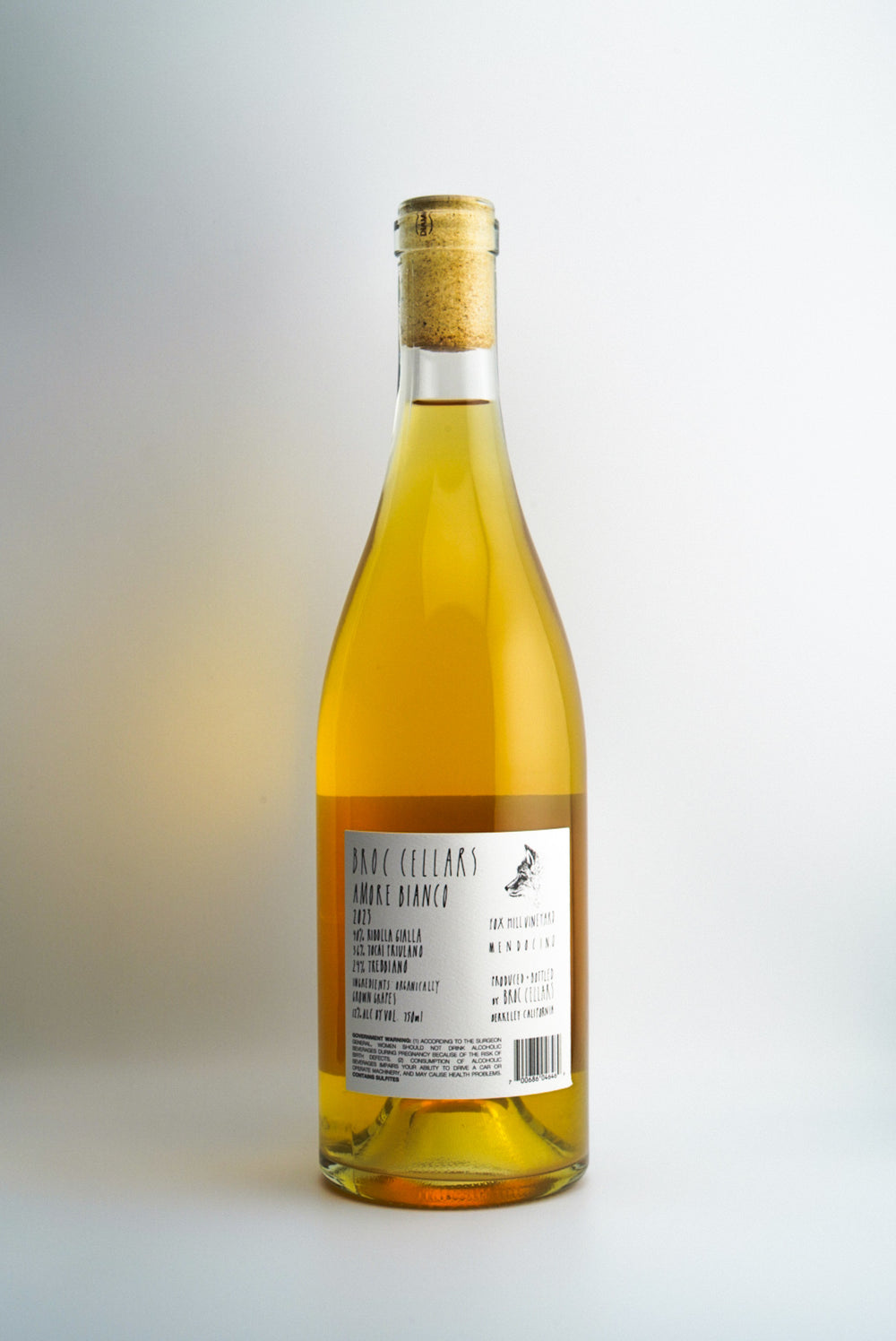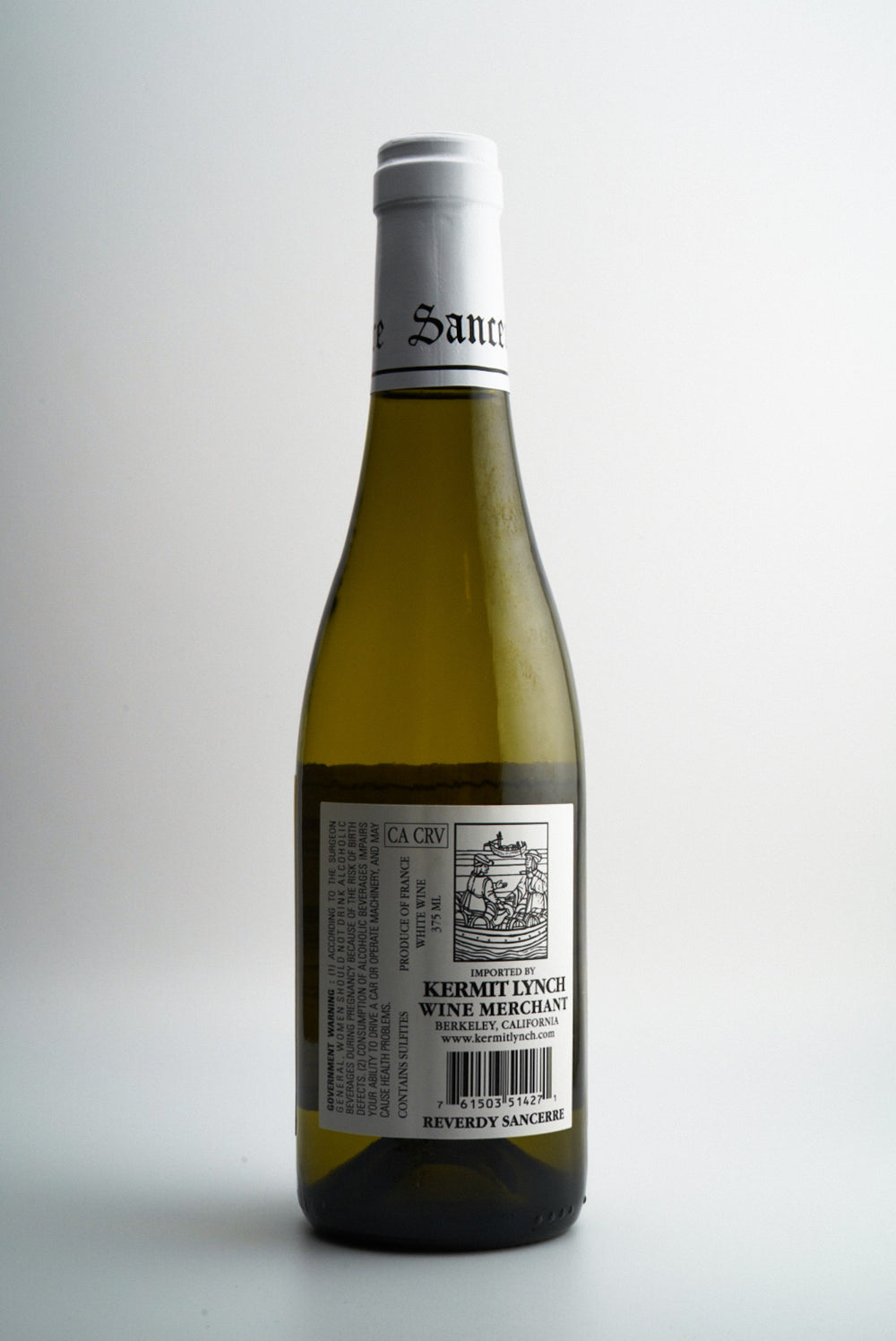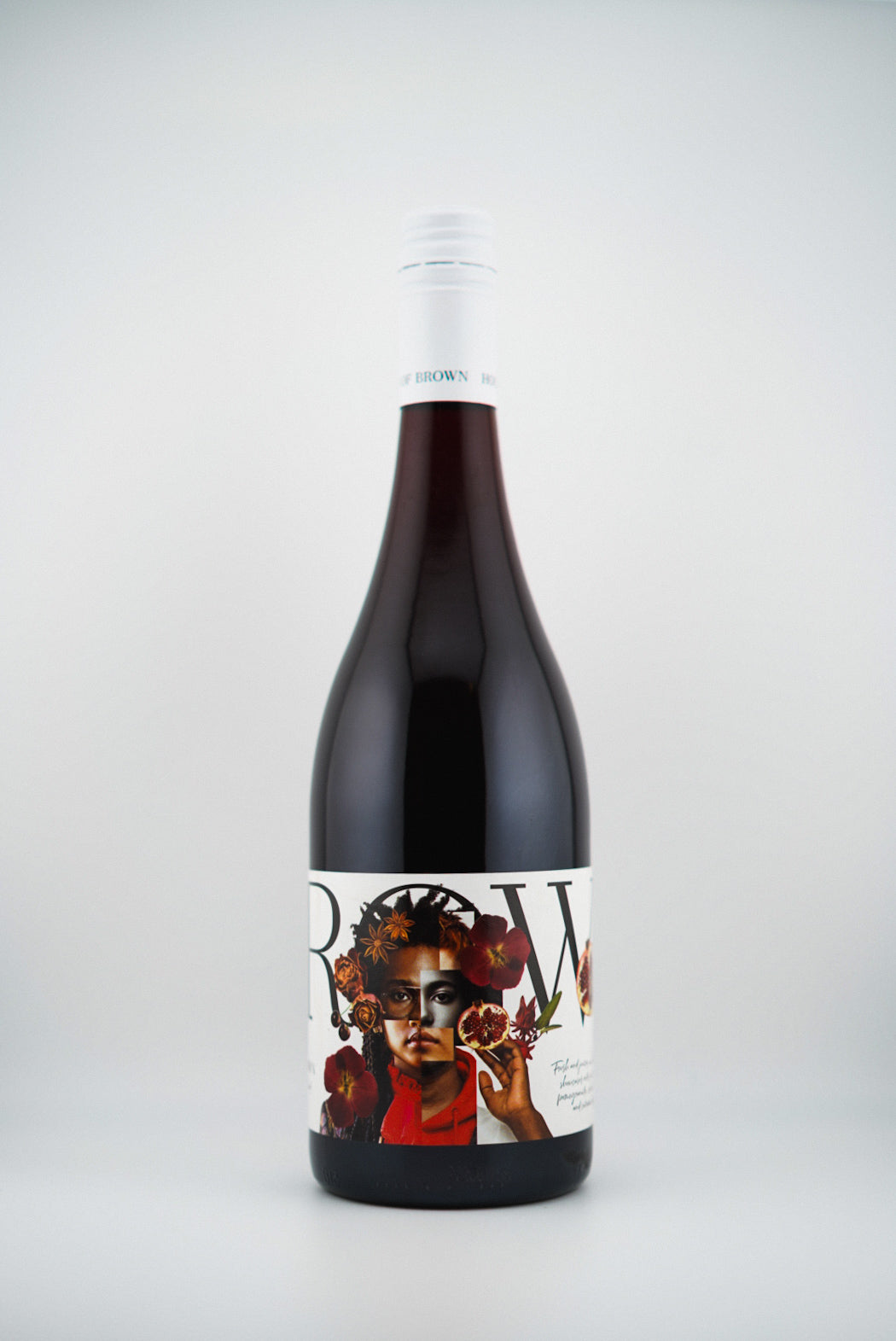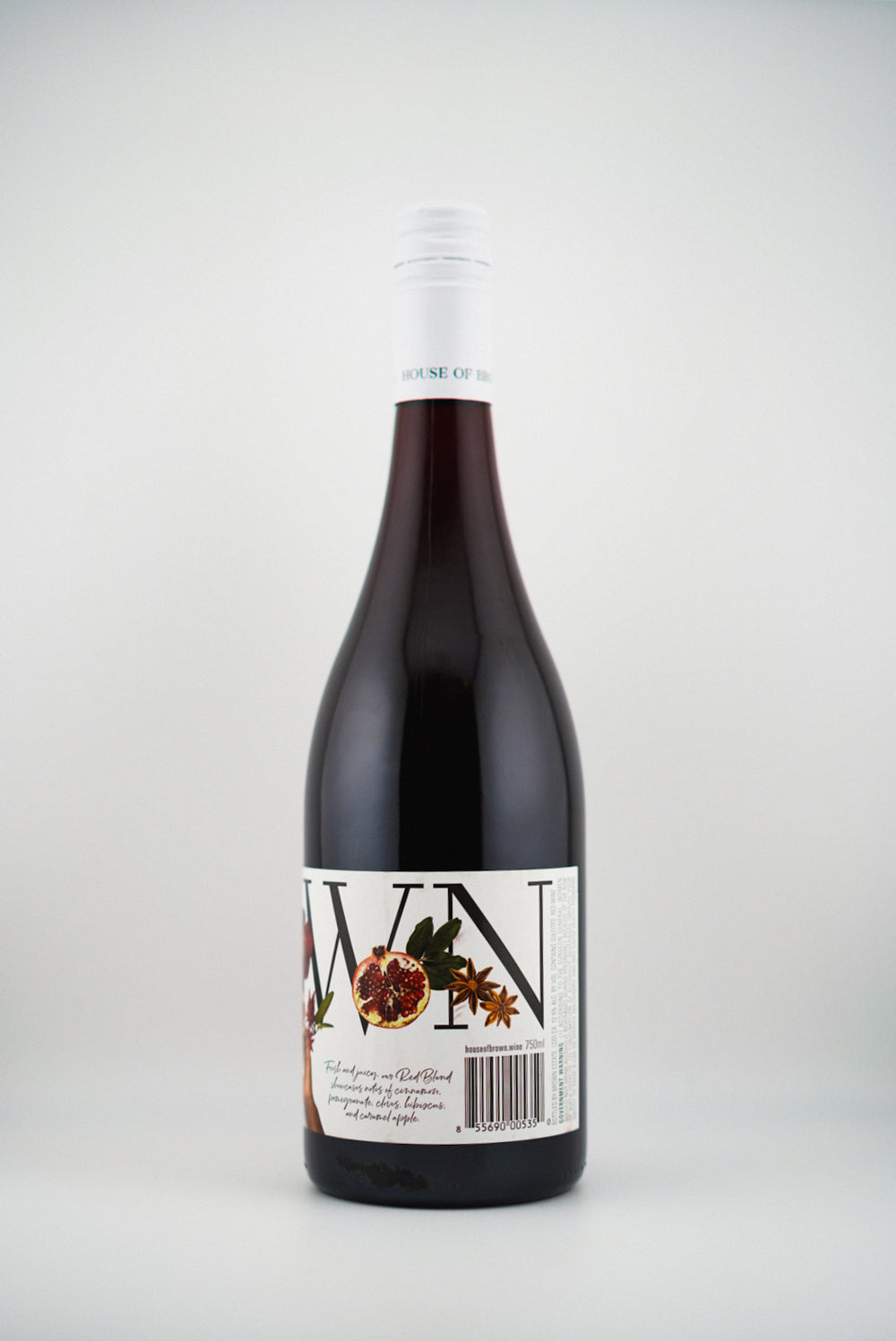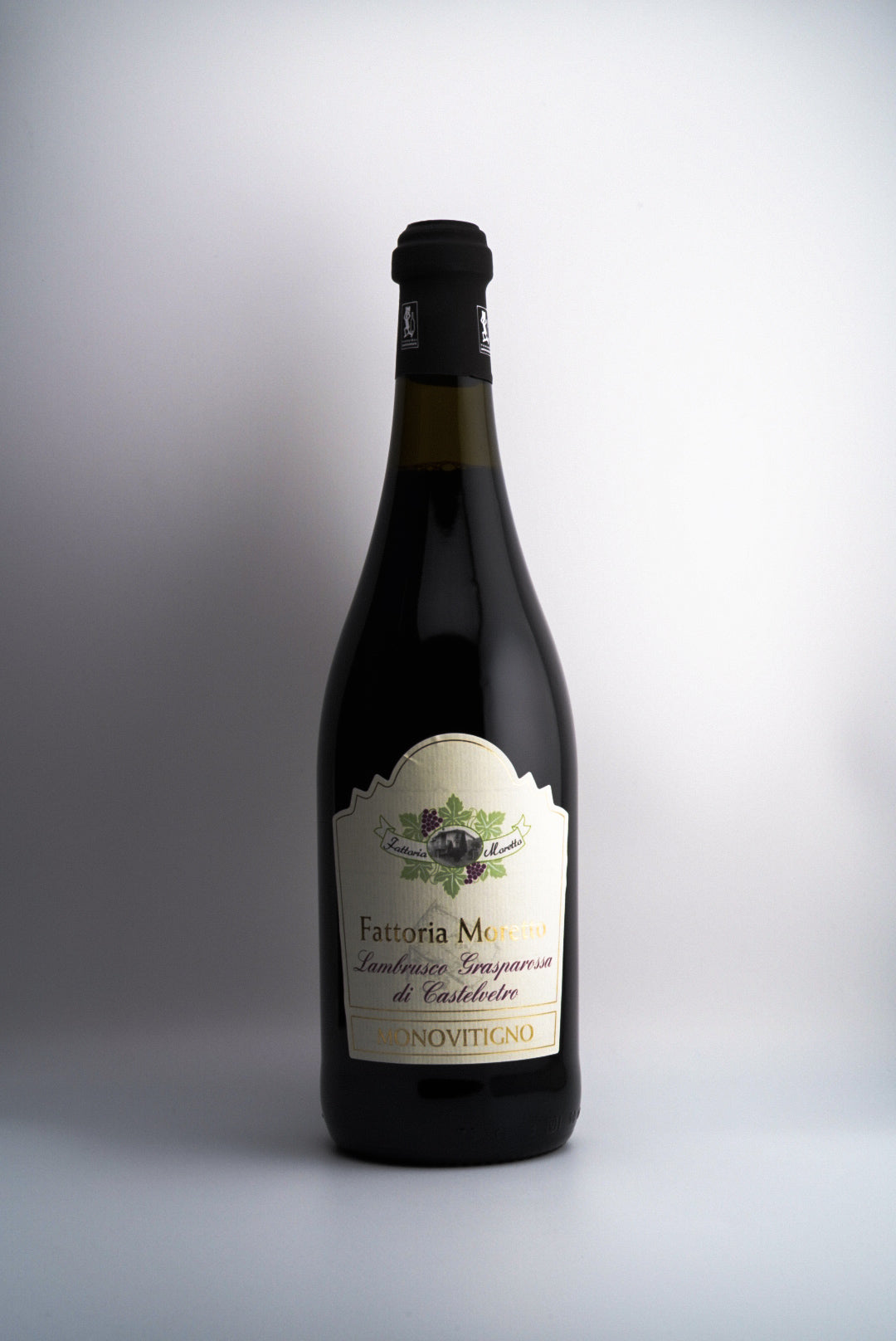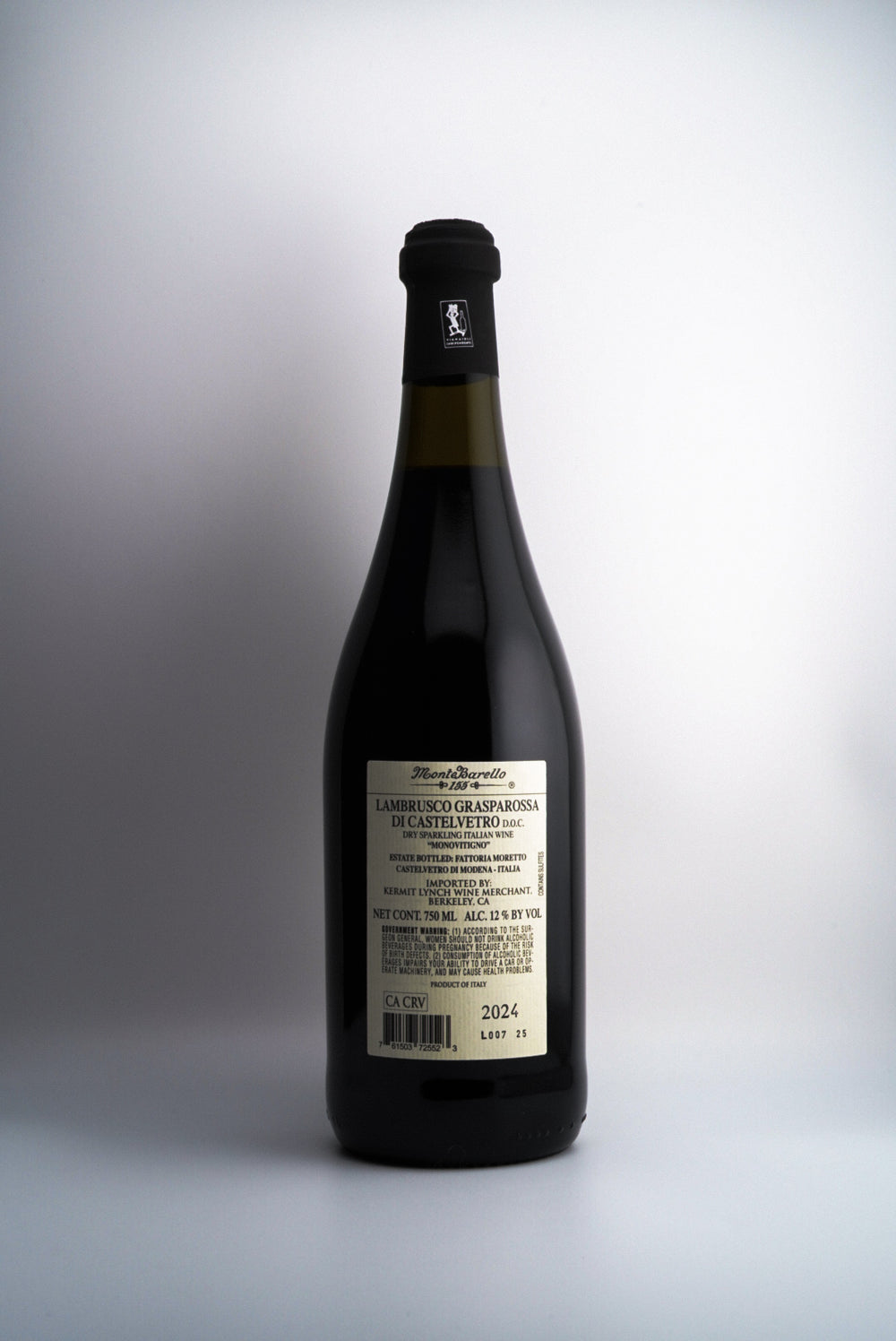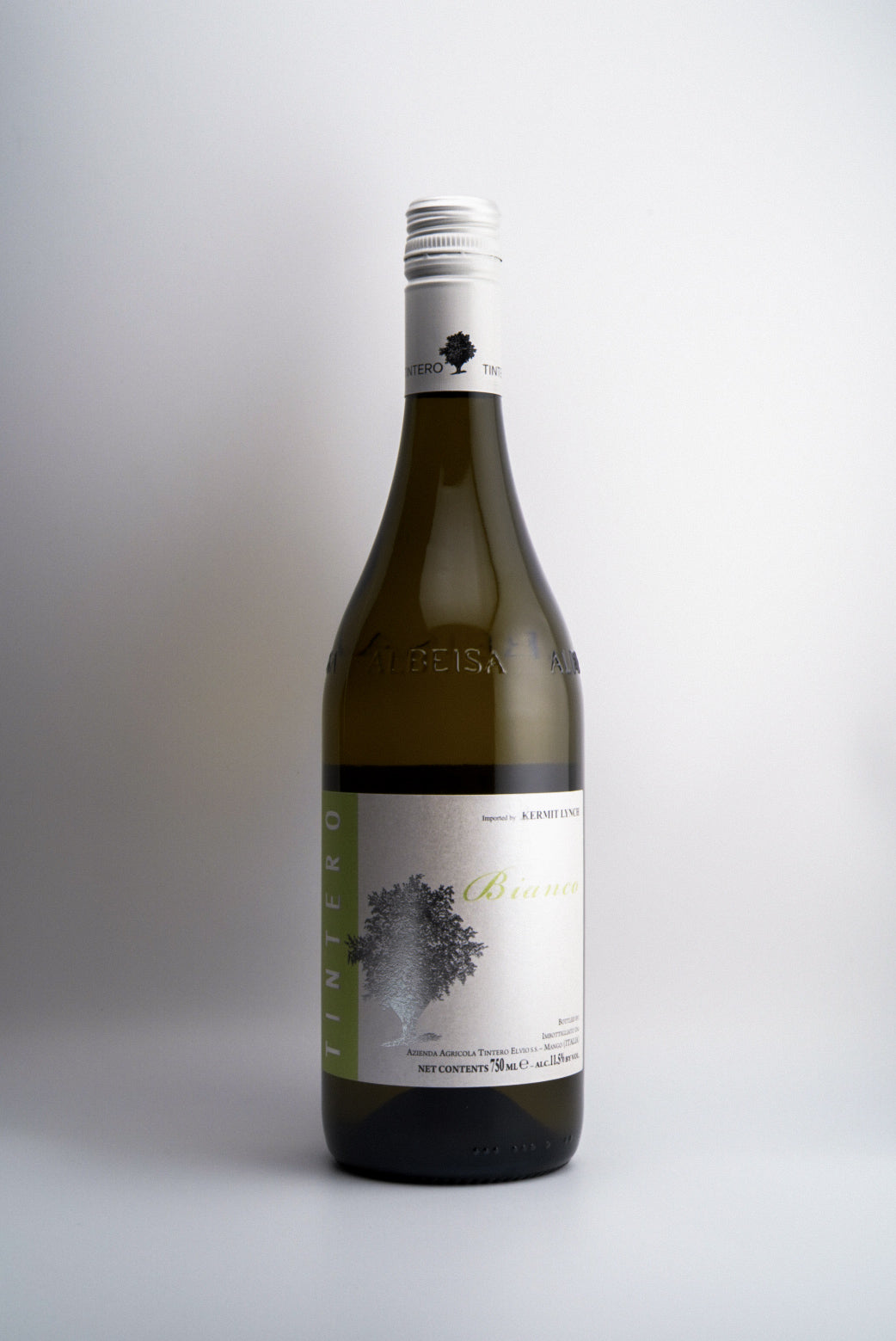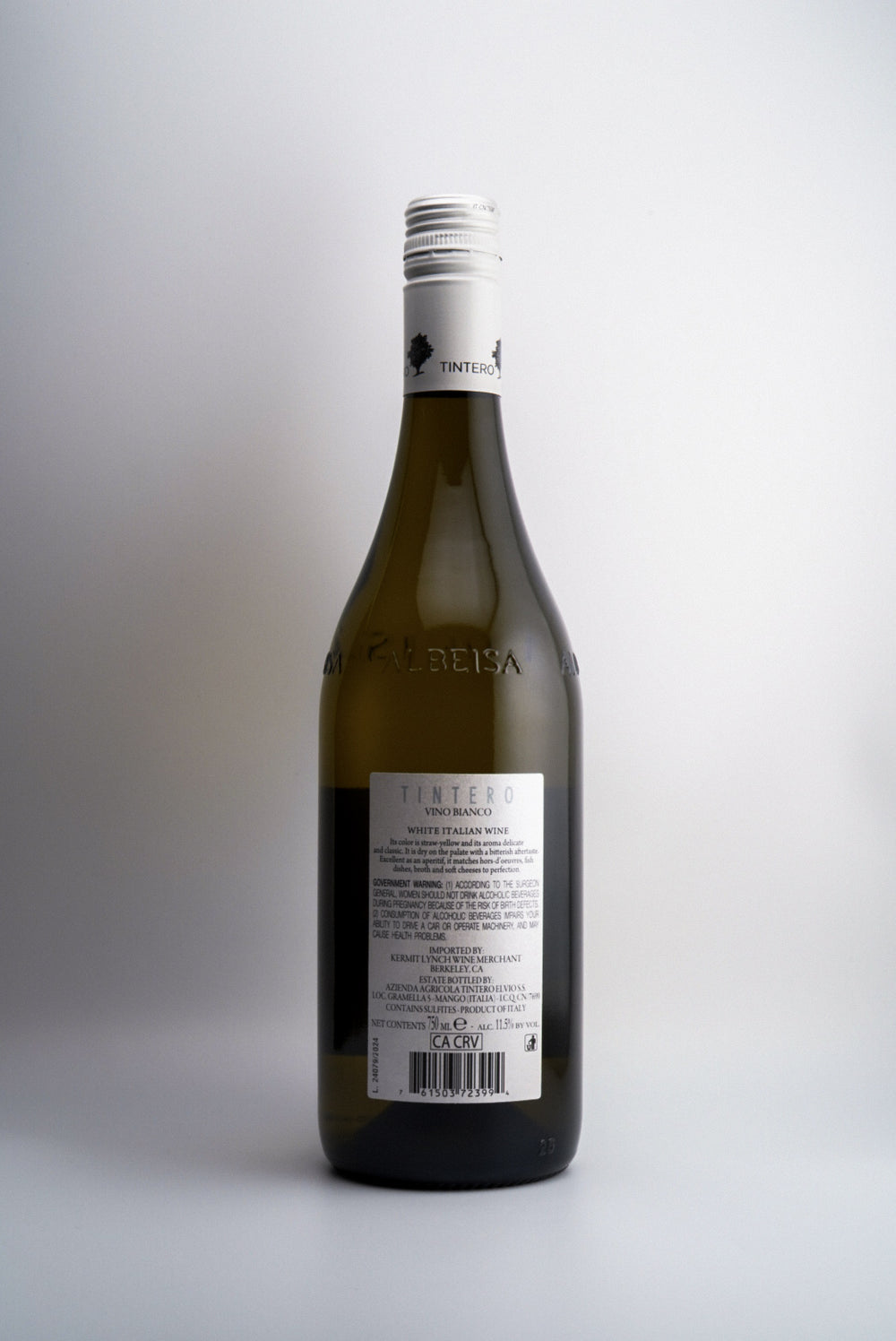Are wine labels important?
The Foundation |
Digital & Psychological |
The Science & Experience |
Key Takeaways
|
In an age where wine shelves overflow with options and sommeliers source products through smartphone screens, the question isn't whether wine labels matter—it's whether we're ready to admit just how much they shape our entire wine experience. From the split-second decision in a crowded store to the psychological enhancement of taste perception, wine labels function as far more than simple product identification.
This exploration challenges the traditional "it's all about what's in the bottle" mindset by examining both the practical realities of how people actually buy wine and the fascinating science behind how visual elements influence our sensory experiences. The evidence suggests that choosing wine by label isn't superficial—it's scientifically rational.
The Absolute Reality: No Wine Without a Label
Let's start with an undeniable truth: we wouldn't purchase wine without a label. Obviously. Without that printed information, we'd have no idea what's inside the bottle. We'd be completely dependent on the seller or winemaker to describe the contents, trusting blindly that what they claim is inside actually is. At this fundamental level, wine labels aren't just important—they're 100% necessary and they matter 100%.
This absolute necessity means winemakers must choose their labels carefully. Every element should connote exactly what they want the drinker to experience and feel. Is this wine about class or fun? Is it lighthearted or romantic? Strong and powerful, or delicate and sweet? Is it party time? These are the questions winemakers should be asking, and their labels should be answering them before the bottle is ever opened.
Furthermore, young wine drinkers identify strongly with wine labels, so these designs shouldn't just indicate what's inside the bottle, but also convey things that aren't—emotions, lifestyle, aspirations. Modern wine labels should be designed with their target demographic in mind, speaking their visual language.
The Real Shopping Experience
The reality is that most people don't have the luxury of driving to their favorite winery or subscribing to a curated wine club. They go to the store and browse. They might have a conversation with the wine shop owner about what fits their needs, but more often than not, when you go wine shopping, you find the category signs—whites, reds, Italy, Germany, United States, or varietal-specific sections like Cabernet, Pinot Noir, Malbec—and then you look at wine labels. That's it.
When I shop for wine, whether at a wine shop or grocery store where laws allow, I encounter tons of bottles I've never seen before. My initial decision is based entirely on the labels that stand out to me. Period. I enter with a game plan because I know what I like and what I want for the meal or occasion ahead. If I'm having a big steak for dinner, I head to the red section, specifically the full-bodied wines. But once I'm there, if I don't already know which winemaker or winery I'm looking for, labels become everything.
Which one catches my eye immediately? Which looks boring? I'm going for the one that appears fun and exciting. The ones that look old and stodgy—I'm passing them up. This proves that labels cater to specific mindsets, and winemakers should be cognizant of this reality.
You can narrow your selection by AVA or specific vineyards if you know about them, but most people will simply see which wine label speaks to them. They'll think, "Oh, it's from Santa Barbara. Cool, that sounds nice," and choose from there.
The iPhone Test: Labels in the Digital Age
Today's wine labels face an additional challenge: they must work perfectly on smartphone screens. Sommeliers now look at photos when selecting wines for their programs, which means bottles need to be recognizable and searchable on an iPhone. This digital reality shows that wine labels must tell beverage professionals everything they need to know based solely on what they can see on screen.
The most effective labels strike a balance between beautiful artwork and concrete facts. They need the winery's name, origin, and grape variety, all clearly visible on a small screen. As our wine purchasing becomes increasingly visual and digital, this trend will only intensify.
The original article mentions how smartphones have changed wine shopping—sommeliers browse photos when picking wines, and bottles need to be "recognizable and searchable over a smartphone." Young and New World winemakers are "much smarter and quicker to communicate their products than Old World ones" precisely because they understand this digital-first reality.
The Psychology of Enhancement: How Labels Change Taste
Here's where the argument gets interesting: we taste wine with all of our senses—sight, smell, taste, even hearing. The first connection anyone has with a bottle of wine is exactly that: the bottle and its label. A beautiful piece of artwork can make someone feel a certain way about what they're about to experience, generating excitement or indifference before the cork is pulled.
This isn't just speculation—it's backed by extensive scientific research. Studies published in Cognitive Research: Principles and Implications demonstrate that "our perception/experience of wine's properties is influenced by everything from the packaging in which it is presented through the glassware in which it is served and evaluated." In one of the world's largest multisensory tasting experiments involving almost 3,000 people, researchers found that environmental factors alone could create up to a 14% change in how fresh participants perceived the same wine to be, demonstrating "that the environment in which a wine is tasted can indeed exert a significant influence on the perception of wine."
The science of "crossmodal correspondences"—how our brain connects information across different senses—provides the foundation for understanding why wine labels work so powerfully. Research shows that "people exhibit consistent crossmodal correspondences between many stimulus features in different sensory modalities," and these associations help our brain determine "which stimuli to combine." Specific studies on visual design and taste reveal that "neurologically normal individuals associate different taste qualities with design features such as curvature, symmetry, orientation, texture and movement."
When someone approaches a bottle feeling excited, with romantic expectations about the wine to come, science confirms they'll think that wine tastes better than it actually is. Research demonstrates that "affectively fluent labels enhance actual taste perception and purchase intentions" in real-life tasting situations. It's the same reason tasting wine at the winery always seems better than tasting it at a wine shop—you're in the place where it's made, surrounded by romance and experience, with heightened emotions.
A fantastic label can make any wine better because it makes the drinker feel something. Whether the wine inside is average or exceptional, the label matters because it can enhance any wine experience. It can make a great wine even greater, and it can make an ordinary wine a little bit better.
Addressing the Purists
Traditional wine enthusiasts might argue that "only what's in the bottle matters, everything else is just marketing fluff." But this perspective ignores both how most people actually encounter wine and what scientific research tells us about human perception. Yes, there are amazing wines in the world with terrible labels, but the only way to discover these hidden gems is either by chance, having visited the winery, receiving word-of-mouth recommendations from a sommelier, or reading credible reviews in wine publications.
Research confirms what we observe in practice: studies demonstrate that "product-extrinsic information often appears to outweigh the product-intrinsic sensory attributes" when consumers evaluate wine. Multiple studies show that "bottle and label information (that makes a wine look cheaper or more expensive) has been shown to influence the evaluation of wine by regular consumers," and that "providing price information, especially when it is high leads to enhanced taste ratings."
The vast majority of consumers shop for wine standing in front of shelves, without access to professional reviews or winemaker guidance. They don't have someone there saying, "Yeah, the label sucks, but this is an amazing wine." They shop based on their own knowledge, which for most consumers is minimal. They generally know they like "Cabernet from California," so they navigate to that section and choose by labels.
Furthermore, scientific evidence reveals that our brains are wired to integrate visual and taste information. Research on "crossmodal correspondences" shows that "color is one of the most important design elements because it can influence the perceived taste, smell, and texture of food and beverages, including wine." Studies specifically examining wine labels demonstrate that "label design has become an important issue" because "brand perception and product quality are influenced by the visual appearance of the label."
Unfortunately, there are countless mediocre wines with great labels, just as there are excellent wines with forgettable packaging. The ideal, of course, is great wines with great labels. But the point remains: choosing wine by label is no crime at all—it's what most people do, and it's a perfectly rational approach to an overwhelming selection. Moreover, it's scientifically validated as a legitimate way our brains process and evaluate complex sensory experiences.
The Complete Sensory Experience
Wine labels aren't separate from the wine experience—they're the crucial first chapter of it. Young winemakers and New World producers understand this intuitively, creating labels that communicate their products more effectively than many traditional producers who rely solely on reputation and terroir.
In an increasingly competitive market, smart winemakers know they need to stand out to reach consumers who shop with their eyes first. The label becomes part of the wine's identity, resonating with people far beyond just the bottle. As our wine purchasing becomes increasingly visual and digital, this trend will only intensify.
The next time you find yourself drawn to a particular bottle based on its label alone, don't second-guess that instinct. You're not being superficial—you're responding to the complete sensory experience that begins the moment you see the wine. After all, we taste with all our senses, and great wine labels understand this fundamental truth.
The Scientific Evidence
The research supporting the importance of visual elements in wine perception is extensive and compelling:
Multisensory Wine Research: Studies published in Cognitive Research: Principles and Implications demonstrate that wine perception is influenced by everything from packaging to serving environment, with measurable effects on taste ratings.
Large-Scale Experiments: The world's largest multisensory tasting experiment involving nearly 3,000 people proved that environmental factors can change taste perception by up to 14%, showing that context dramatically affects how we experience wine.
Crossmodal Correspondence Research: Scientists have documented how our brains consistently connect visual features with taste qualities, explaining why certain colors, shapes, and designs influence our flavor expectations and actual taste experiences.
Label Design Studies: Research specifically on wine labels shows that "affectively fluent" designs—those that are visually appealing and easy to process—actually enhance taste perception in real-world tasting situations.
Consumer Behavior Research: Multiple studies confirm that product-extrinsic information (including labels and packaging) often outweighs the actual product qualities in consumer evaluations, particularly for complex products like wine.
Conclusion: Labels as the Gateway to Wine
The evidence is clear: wine labels matter far more than traditional wine culture wants to admit. From the absolute necessity of product identification to the sophisticated psychological processes that enhance our sensory experiences, labels shape every aspect of how we discover, choose, and enjoy wine.
This isn't about superficiality or marketing manipulation—it's about understanding how humans actually experience complex sensory products. Our brains are wired to integrate information across all our senses, and visual elements inevitably influence our perceptions and expectations. Fighting this reality serves no one, least of all wine lovers who want to discover great wines.
The most successful wineries understand that great wine-making and great label design aren't competing priorities—they're complementary aspects of creating memorable wine experiences. In a world where consumers are overwhelmed with choices and increasingly shop visually, labels serve as crucial ambassadors for the wine inside.
So the next time someone dismisses label-based wine selection as shallow, remember the science: you're not just judging a book by its cover, you're engaging in the complex, multisensory process that defines human perception. You're shopping like a human, not a wine robot.
Quality wine will always bring people back for that second bottle, but a compelling label is what gets them to try the first one. In that crucial moment of discovery, labels don't just matter—they're everything.
Wine 101

Wine Region Guides Jerez-Xérès-Sherry Guide: Everything You Need to Know Jerez-Xérès-Sherry is one of the most misunderstood wine regions on earth and also one of the most thrilling. Sherry can be bone-d...
Read more →Latest articles
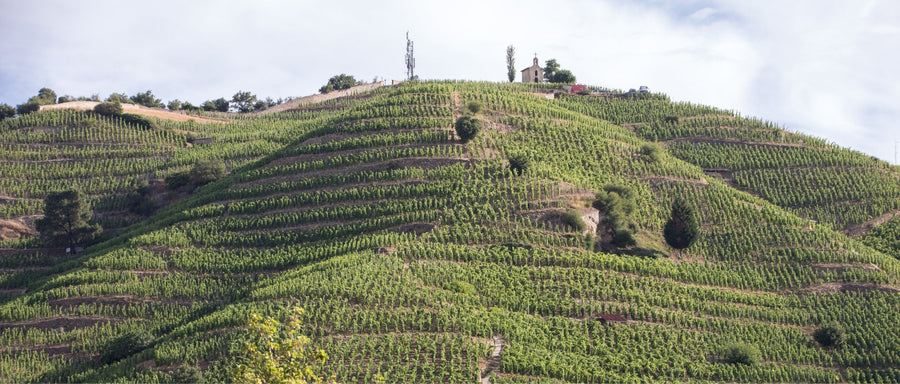
Wine Education · Regional Guide Is the Rhône Valley the World’s Most Versatile Wine Region? From granite-terraced Northern Rhône Syrah to sun-soaked Southern Rhône Grenache, the Rhône Valley does reds, whi...
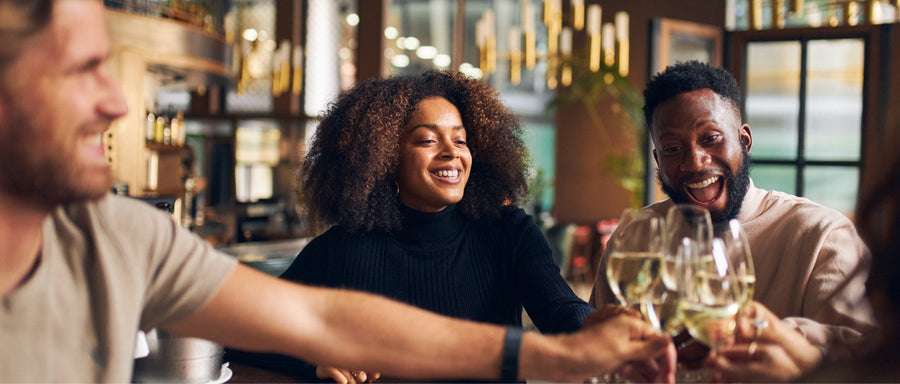
What if a night at your favorite wine bar did more than pour great Cabernet? A recent UK evaluation of pubs quantified big community benefits—less loneliness, better access to services, more resilient neighb...
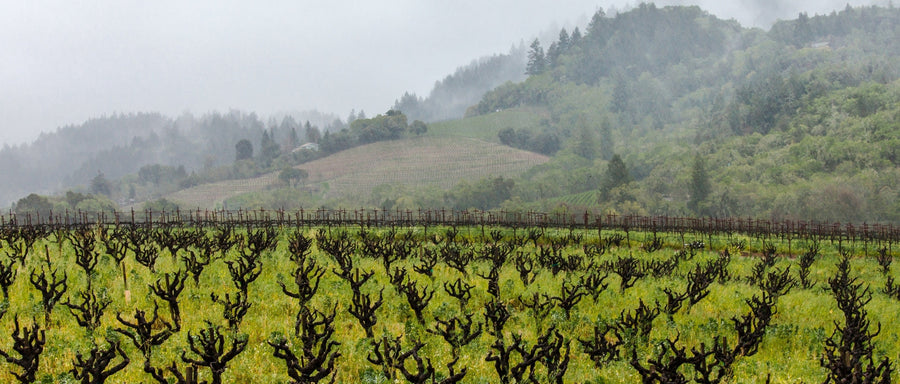
Wine Education · Opinion Don’t Fear Non-Vintage: The Case for Blending Across Seasons We expect wine to behave like a time capsule. One year, frozen in glass. But a single season can be cruel or kind, and ...
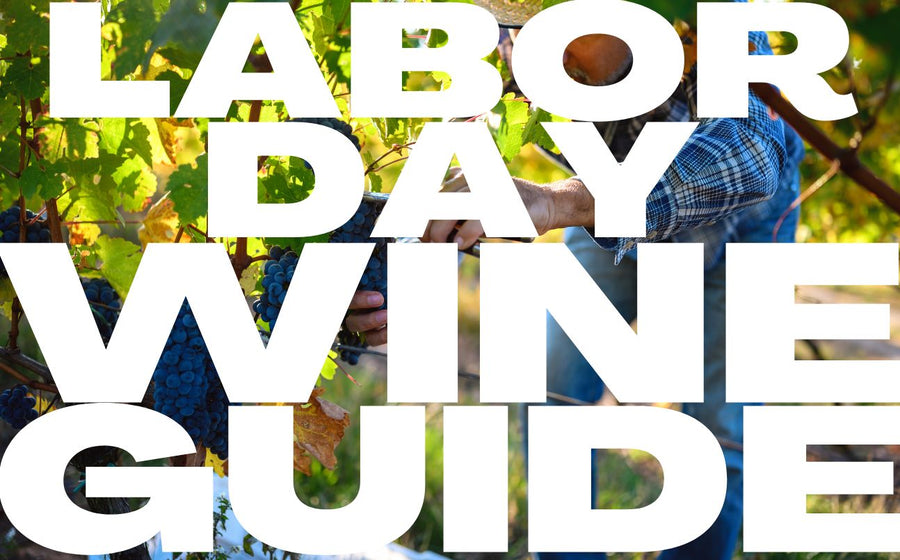
What's Below: BBQ & Grilling Perfect Red Wines Meat & Wine Matches Veggie Grill Wines Pool Party Essentials Crisp White Wines Rosé All Day Sparkling Options Party Planning Ho...
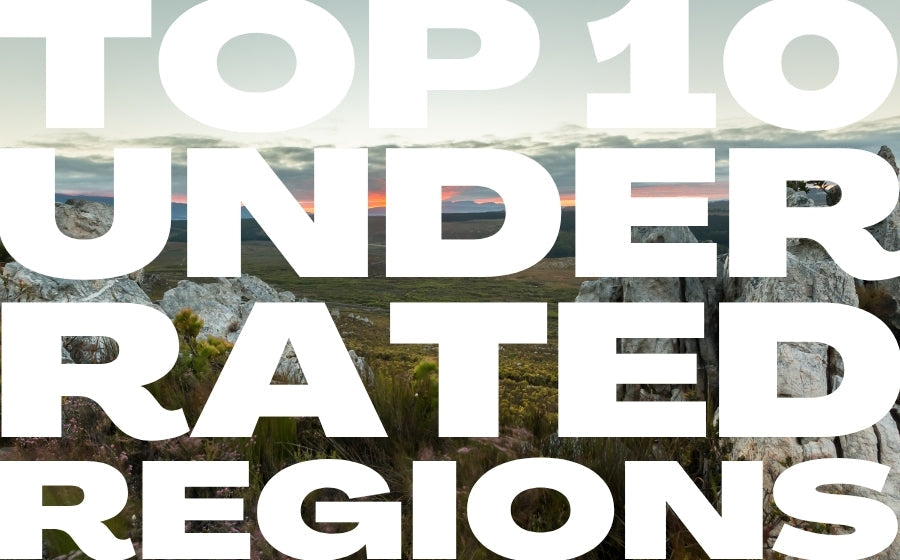
What's Below: European Gems Slovenia's Hidden Tuscany Austria's White Wine Wonderland Spain's High-Altitude Surprise New World Discoveries Mexico's Wine Revolution Brazil's Italian Influ...
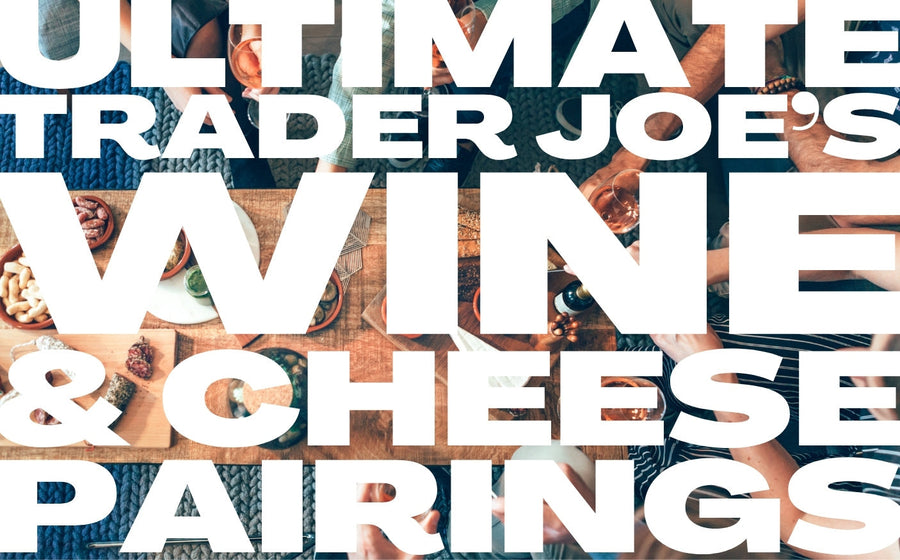
We've paired every single Trader Joe's cheese with the perfect wine. Your next cheese board is about to get very, very good. The Ultimate Trader Joe's Cheese & Wine Pairing Guide Look, Trader Joe...

"Liberté, égalité, fraternité" The key to great Bastille Day wine pairing is choosing authentic French wines that complement traditional French foods without overpowering them. Rich cheeses, herb-crus...
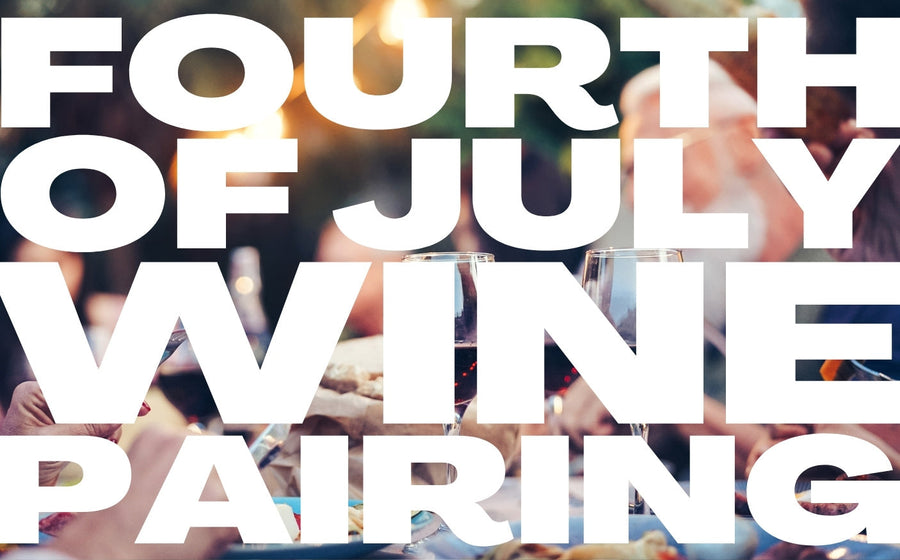
What wine should you have on 4th of July? These (All American) ones!
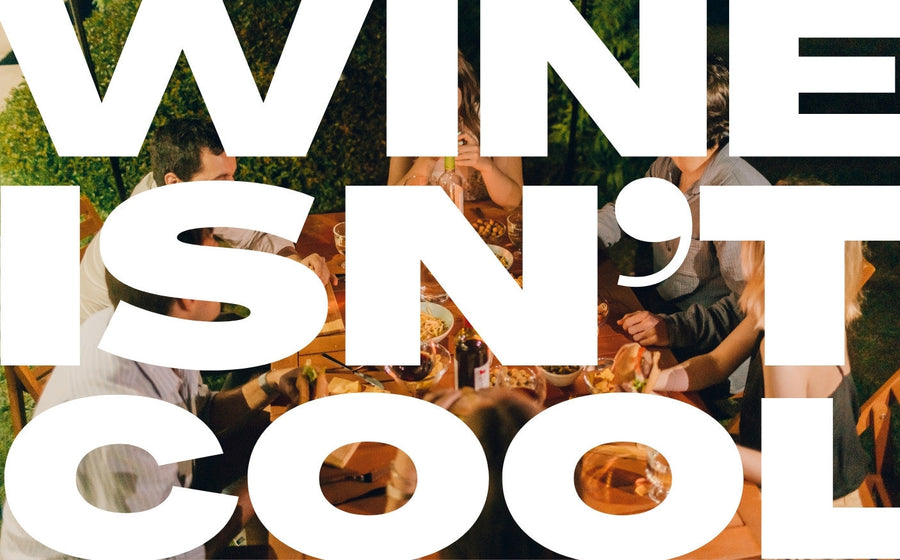
"Wine was never trying to be cool. And thank goodness for that." Every few months, another think piece declares wine dead. "Gen Z has killed wine." "Hard seltzers are the new wine." "Why wine isn't cool...
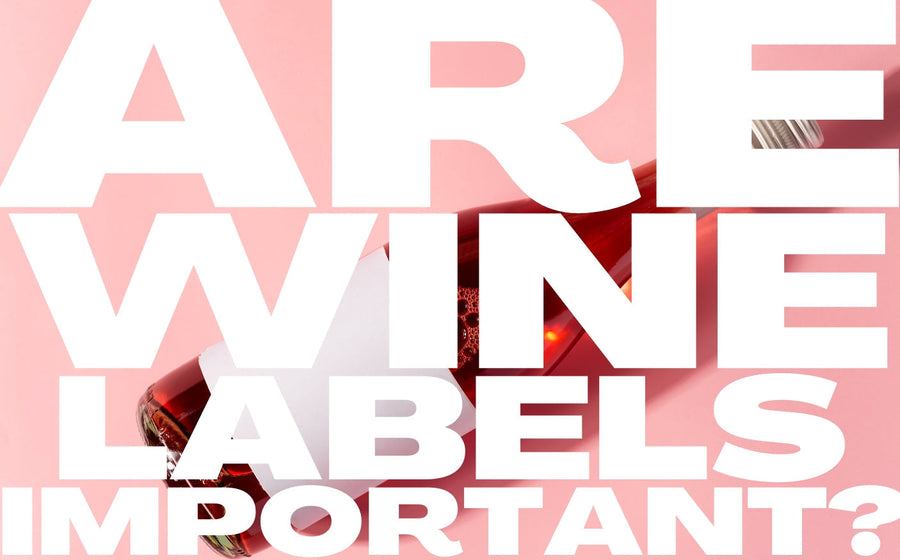
What's Below: The Foundation Introduction The Absolute Reality Real Shopping Experience Digital & Psychological The iPhone Test Psychology of Enhancement Addressing the Purists ...
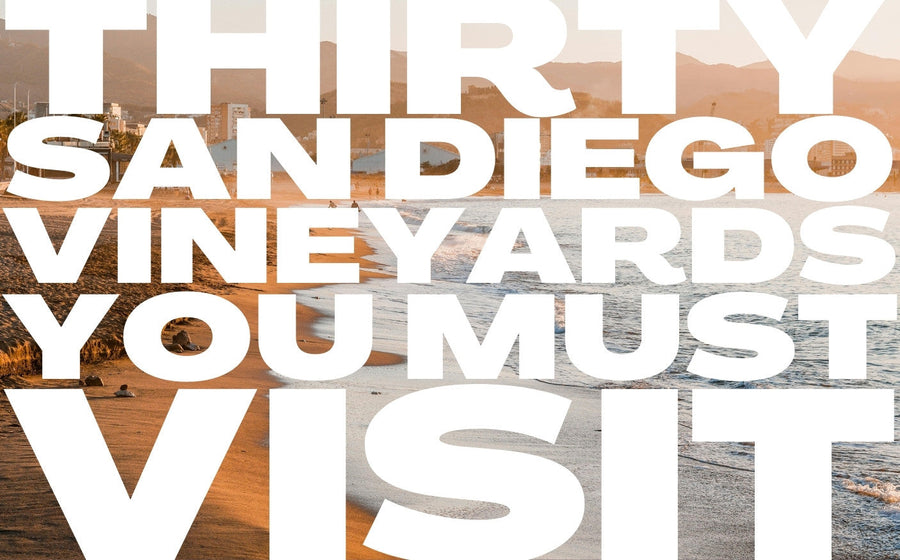
Image source: Valentina Vineyards. San Diego's top source of organically farmed wine grapes. San Diego County boasts over 172 active wineries and vineyards across diverse microclimates, from coastal va...

Italy boasts a rich tapestry of wine regions, each with its unique terroir, indigenous grape varieties, and winemaking traditions. Join us on a journey through all 20 Italian administrative regions, from int...
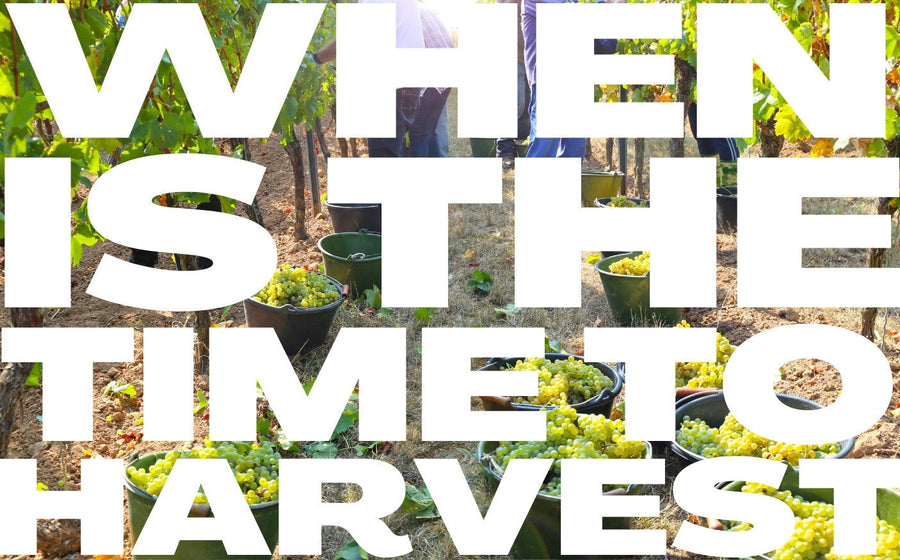
The journey of wine grapes from vineyard to bottle is a fascinating process guided by both science and tradition. Let's explore how vignerons determine the perfect moment to pick their grapes for optima...

Easter Wine Pairings That Won't Disappoint Easter is hopping our way, and whether you're hosting an elegant brunch or a family feast, the right wine can transform your gathering from merely memorabl...


